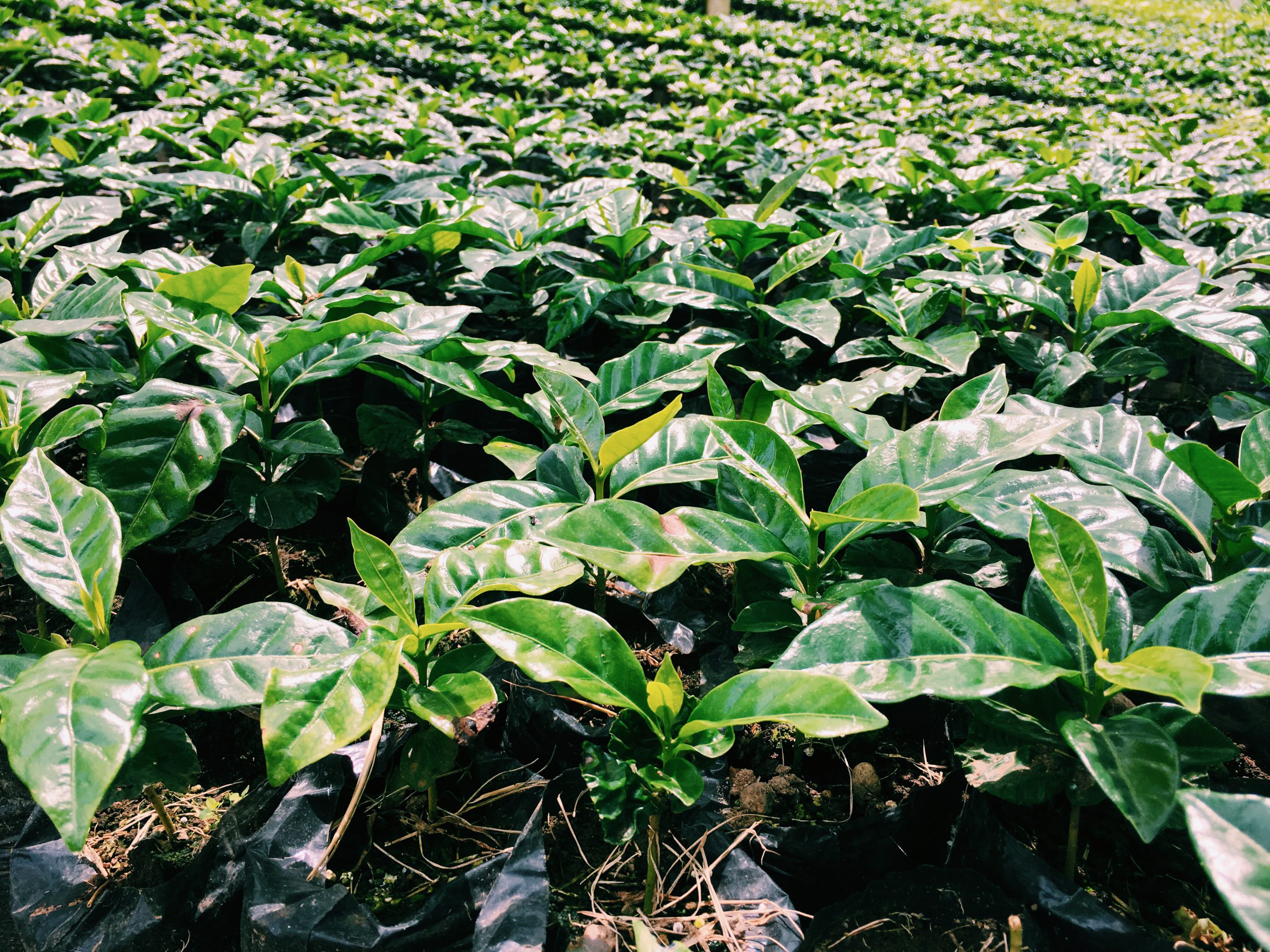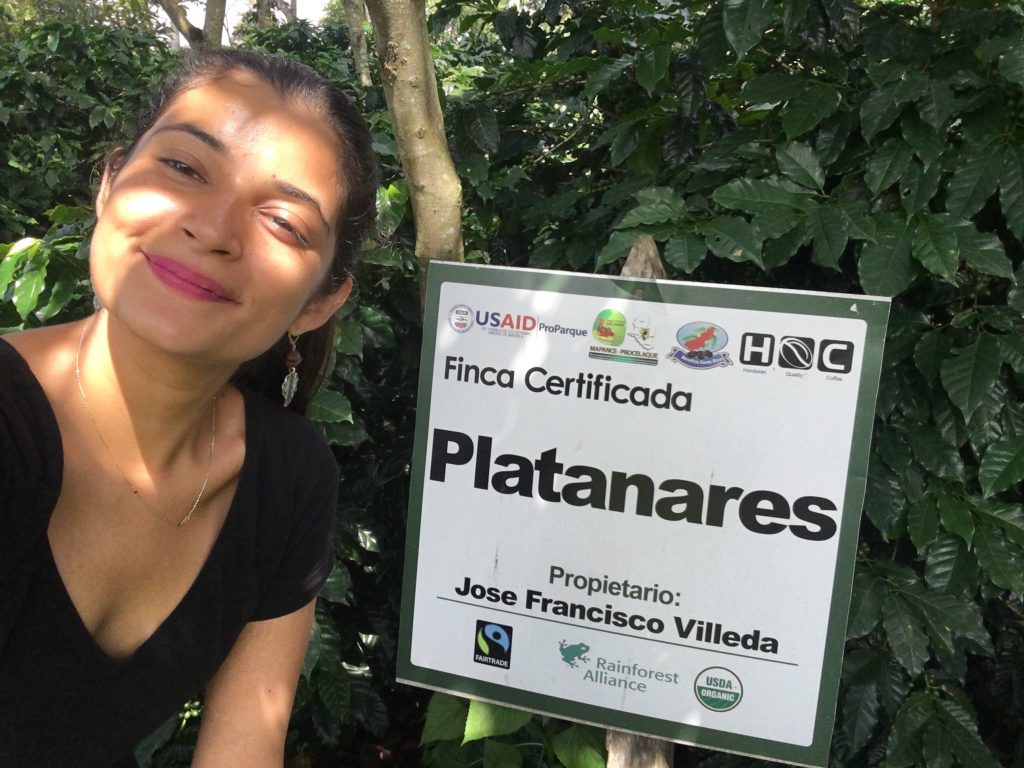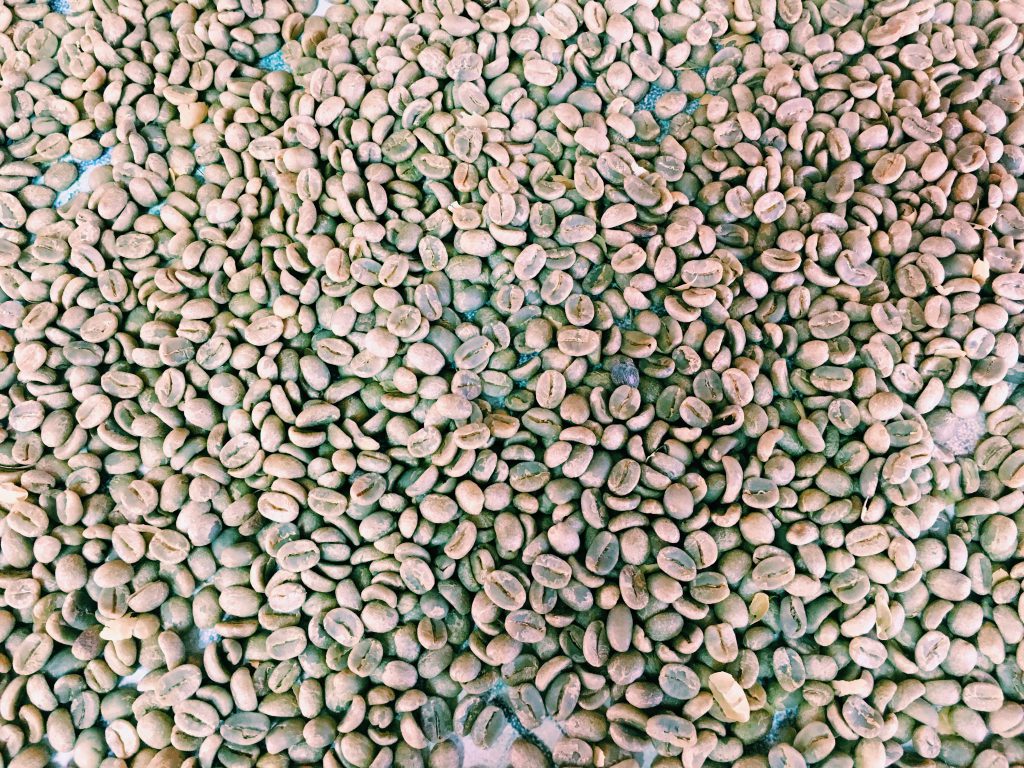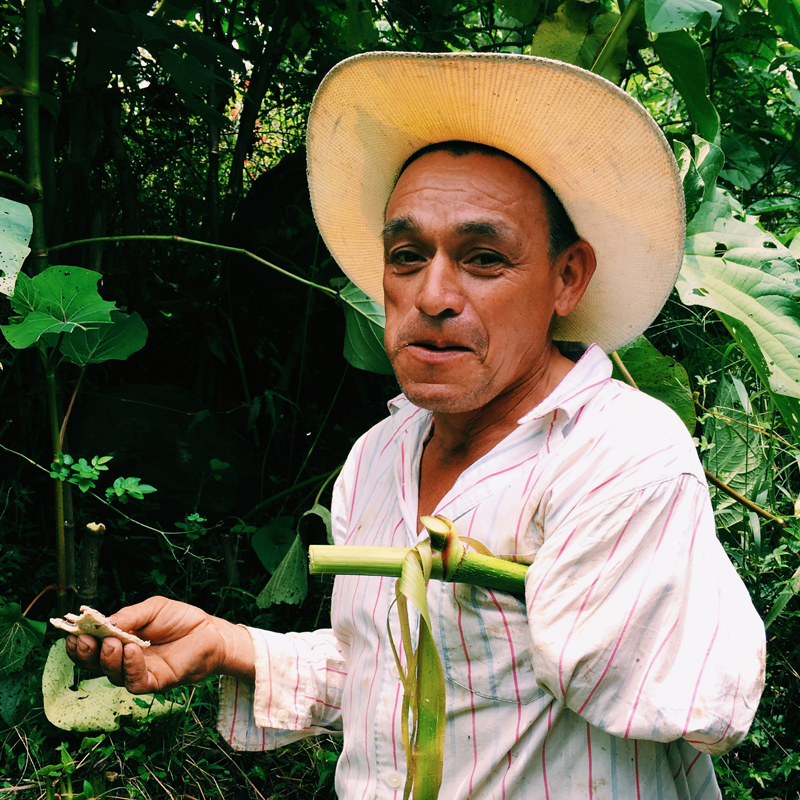
“Coffee is turning out to be quite a cosmic issue – and the way it’s grown, marketed, and consumed has implications for the environmental health of the world.” – Russel Greenburg, former director, Smithsonian Migratory Bird Center, 1996.
Soon after finishing my Master’s in Gastronomy from the University of Gastronomic Sciences, Italy, I decided to go live on a coffee plantation in Latin America to write my thesis on sustainably grown coffee and understand the journey of cherry-to-cup. “Mi hablo no Español”, were the first words I uttered upon landing. The original habitat of the Aztecs and Mayans, Central America has a reeling history of Spanish colonisation. Therefore, no one speaks English and you are expected to speak and understand only Español, por favor! In my pursuit of finding a delicious café, I embarked upon a 12 hours flight to San Pedro Sula, known to be “one of the most dangerous cities in the world” in the negatively publicized, so-called “banana republic”. A further 6 hour drive complete with several (dysfunctional) highways, police check-points, and a myriad roadside pineapple and fresh coco water vendors, I finally arrived in the mesmerising land of Copán! Set against the picturesque backdrop of the tropical mountains, cloud forests, and an altitude of 2300 feet, this region is generously blessed with abundant rainfall and clay loam soil, making it a hotspot for the cultivation of high-grade Arabica beans. Driving through the rickety lanes (I wouldn’t call them roads!) of Copán, the never-ending acres of coffee farms set upon rolling hills are a visual delight and offer a sneak peek into the life of Latino coffee farmers. With Spanish-daggers circumferencing the farms and green glossy-leafed coffee trees all around, you can spot all sorts of lives here! Sombrero draped producers with their treasured machete, laughing children who scream “hola!” to each passing car, chirruping hummingbirds, organic chickens running in the courtyards, big shade trees dappling hillsides, and a few random visions of streams and springs grace the farms. Before I go overboard explaining how beautiful these coffee lands and Las Cabañas (my stay here) are, I want to put the record straight – the purpose of me writing this article is not to publish my Latin American adventure travelogue, it is simply to make you a little more conscious about where your daily cup of coffee comes from, and the clandestine truth behind it.

Chetna Chopra At The Coffee Plantations In Latin America
A large part of my adolescence was spent downing sugar-fuelled Barista and Nescafé “frappés” (what I now call a distasteful blend of unethically cultivated beans). They tasted of everything but coffee. Italy, known for its coffee culture much similar to India’s tea culture, didn’t do much for my perception of this drink either. It was only in Copenhagen that I tasted a good, fair, clean cup of coffee that blew my mind! The idea of coffee as a “speciality product” was beyond the realms of my consideration, until I savoured this ethically produced single origin (light roast) from Ethiopia in an espresso shot with fruity aromas and flavour notes of green apple, berries, and toasted nuts. Today, I don’t only enjoy my coffee like a wine connoisseur would enjoy his vino, but also respect and acknowledge its origin and the farmers behind it. Coffee in its purest form is a luxury, not a mere beverage to accompany your breakfast or satiate your caffeine impulsion. Just like wine and cheese, a pure cup of coffee reflects its terroir and environment.
Tracing The Origins
To build a satisfactory picture of when coffee was discovered in the 16th century, it requires thematic juxtaposition of anthropology, archaeology, and even theology. The search for coffee roots takes us back to the roots of man himself. The original cradle of mankind (Homo sapiens belonged to Ethiopia) and the ancient land of Abyssinia – now called Ethiopia, is where coffee was first seen and ingested. Originally grown “wild” in an agroforestry (along with other wild foods and soil nutrition crops), it was Ethiopia’s gift to the world. As Arabs and Spaniards realised the magic and trading benefits of this important cash crop, they transported it to other tropical nations & colonies. Most of the coffee today is grown and produced in the countries lying between the Tropic of Cancer and the Tropic of Capricorn. India itself is the seventh largest producer and exporter of coffee beans in the world.

Green Coffee Beans
Cherry-To-Cup
The coffee plant at its earliest stage is blooming with flores de café (coffee flowers, similar in appearance and fragrance to jasmine), which are transformed into cherries. After adequate time and maturation these cherries (ranging from dark green to crimson red) form two beans inside the fruit. Once the cherries are ripe, they are harvested, dried, and processed (using different methods such as washed, natural, or honey depending on the variety of coffee, producers, and the cooperative). Each coffee process yields a different flavour note. After drying and processing, the coffee is converted into silver skin green coffee. These green beans are then sold to coffee traders, or directly to roasters. Depending upon the variety and the origin of beans, they are roasted keeping in mind the different roast profiles. Arabica from Kenya and Ethiopia are known for their fruity aromas and high acidity, therefore, to enjoy their delicate flavour, it’s ideal to roast them light, as compared to a batch of robusta from Vietnam which might need a dark roast depending on the quality. Next time you’re getting yourself some coffee, check the label for transparency – where the coffee is coming from and how is it produced. You can learn a lot about the beans you’re brewing, get a step closer to being a connoisseur, and also contribute to the ethical coffee movement this way.

Pancho In His Proud Finca (Coffee Plantation)
The Clandestine Truth
Everything dates back to the emergence of ‘plantation coffee’ 200 years ago, when it became a globalised commodity. Coffee plantations are fundamentally created by cutting down forests – therefore its spread led to deforestation of Brazil’s Atlantic Forest (in 1800), and more recently of the Ivory Coast, Africa. The wave of monoculture, high-yield, hybrid coffee plantations, use of agrochemicals to restore fertility, and immense commoditization of coffee in the past has evidently led to the alarming climate change and a lapse of the precious biodiversity. It has also divorced us from the real essence of coffee. Today, we don’t taste the terroir in our cups, rather ingest capitalism in a mere capsule or a sachet of instant coffee. The immense growth in popularity in the recent years of coffee and coffee shops, along with globalisation, have greatly affected growers and distributors. Once considered wine of the Sufi gods, it’s deeply upsetting to see coffee become a mere symbol of the Marxist ‘commodity fetishism’ in the past century. The true price of coffee is often lost within the realms of the deviously doomed supply chain – leaving the farmers with the bare minimum. Therefore, all coffee drinkers must learn to acknowledge the efforts of the farmers, connect with its origin, and support direct trade and transparent coffee production. I believe it’s imperative for the coffee companies, cafes, and roasters to establish a relationship with the farmer and his farm, creating a holistic chain rather than an endless supply chain. It might take a whole generation to make people realise and understand the difference, but each & every small effort counts.
Love your farmers and respect the mother earth, it’s already too late. Mas amor, por favor.
Chetna Chopra is a globetrotter, food nerd, activist, and storyteller with wizardly cooking skills who is furthering the cause of sustainability with each cup of coffee. Completing her Masters in Gastronomy from the University of Gastronomic Sciences, Italy, she shares her culinary chronicles through The Gobblers Kitchen. Bringing you exclusive insights into this traveller’s culinary expeditions, the DSSC x Chetna Chopra Avventure Culinarie Series is a monthly read you must add to your to-do list.
Disclaimer: The opinions expressed in this feature are those of the interviewee and do not necessarily reflect those of DSSC & its affiliates.
Image Credits: Chetna Chopra

